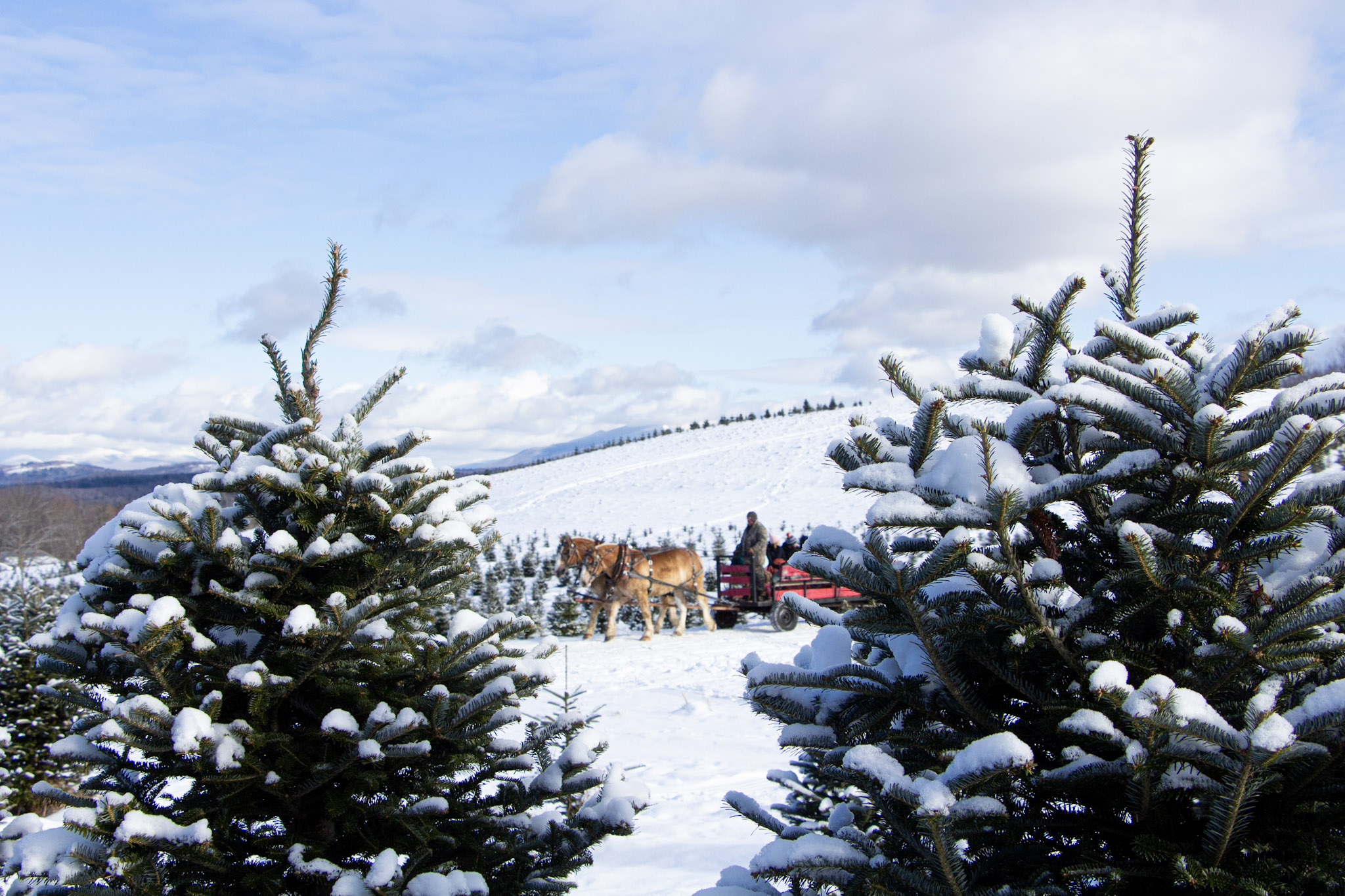Three Ways Forest Society Members Can Improve the Draft
- Tags:
- Northern Pass
Two years in the making, the U.S. Dept. of Energy (DOE) released its Draft Environmental Impact Statement (DEIS) for the Northern Pass project on July 21, 2015. The DOE will host public hearings and a public comment period in October (see dates, etc. in related blog), which will inform a final EIS. The final EIS will then inform permitting decisions that federal agencies need to make regarding Northern Pass.
The EIS, required by the National Environmental Policy Act (NEPA), is designed to provide federal agencies making regulatory decisions on major development projects with an assessment of what the least damaging environmental alternatives are to building the project as proposed.
The Northern Pass DEIS studies 11 alternatives, including the required “No Action” alternative, which supposes the project will not be built at all and is considered an environmental baseline for all other options studied. Second is the “proposed action” (listed as Alternative 2) that Northern Pass submitted to DOE in June 2013—a largely overhead line that would require 40 miles of new right-of-way in Coos County and a Special Use Permit to be go through the White Mountain National Forest. Here is a summary of the other alternatives:
- Alternative 3 proposes to bury the entire line along the same corridor as the proposed action’s overhead route, with one major change. Instead of locating the converter station (which converts high voltage direct current to high voltage alternating current) in Franklin, A3 proposes an HVDC line from Pittsburgh to Deerfield, with the converter station constructed at a site in Deerfield three miles from the substation where the AC power is introduced to the grid.
- Alternatives 4a, 4b, and 4c propose three different completely buried routes, along three different sets of road rights of way, all avoiding a Franklin site for the converter facility in favor of the proposed Deerfield site. These three alternatives would be buried HVDC cable with a maximum capacity of 1,000 megawatts (MW).
- Alternatives 5a, 5b and 5c would be largely above ground transmission lines from Pittsburg to Deerfield except in the vicinity of the White Mountain National Forest. Each of these three options uses a different set of state road rights of way to bury the transmission line within. This avoids building overhead lines through the national forest, as the proposed action would. One of the three options (5b) enables a 1,200-megawatt line; the other two enable a 1,000 megawatt line.
- Alternatives 6a and 6b preserve the converter station in Franklin, run HVDC cables underground from Pittsburg to Franklin, and then HVAC lines overhead from Franklin to Deerfield. Both these options use HV cables limited to 1,000 megawatts in total capacity.
How can Forest Society members help improve the Draft EIS?
The document released is clearly advanced as a “draft” study. Presumably the DOE will review public comments to make the “final” EIS an improvement over the draft. There will be three public hearings in early October. Over 7,500 comments were received when the DOE held scoping hearings in 2011 and again in 2013 (after Northern Pass amended its original 2010 proposal).
We have three specific suggestions.
First, we think it is unreasonable for the final EIS to limit its entire study to one international border crossing, the one chosen by the applicant to be located over Hall’s Stream in Pittsburg. The DOE has repeatedly suggested that its regulatory purview in the case of the NP project is limited to granting a Presidential Permit to cross the international border. It is more than ironic that the DEIS considers 11 alternatives for transmission corridor siting over which DOE has no regulatory authority and only one location for the international boundary crossing, where the DOE decision is focused by law. It would greatly improve the final EIS if it considered at least one other international border crossing.
Second, if the DOE’s final EIS does consider more than one international border crossing, the most reasonable location for a completely buried transmission line would be down Interstate 91 from Derby Line, Vt. to the intersection of I-91 and I-93 in Waterford, Vt., then down I-93 to a terminus in southern New Hampshire or northern Massachusetts where the electrons can be successfully integrated with the New England grid. Not only would this likely result in the least damage to the environment of all alternatives studied, it should also reduce the total project construction cost. The length of the facility between Derby Line and Exit 40 on the N.H. part of I-93 is actually 10 miles shorter than the serpentine route in the “proposed action” between Halls’ Stream in Pittsburg and Exit 40.
Third, the final EIS should eliminate any consideration of building the DC/AC converter station in Franklin, and should consider at least one termination point south of the present terminus in Deerfield. The converter station should be built as close as possible to the point where the electricity is introduced to the New England grid. This allows for less line loss of electricity and provides for the cheapest way of building a completely buried transmission facility through New Hampshire. Since the electrons themselves are headed for markets in Massachusetts, considering a buried HVDC line through New Hampshire to a termination point in Massachusetts should be one alternative studied in the final EIS.
There are many other specific deficiencies of the DEIS that can be improved in the final EIS. The Forest Society will be commenting on these issues before the DOE comment period ends. We encourage our members and supporters to comment, and we encourage you to consider advancing one or more of these three core issues for making the final EIS an improvement over the draft.
Will Abbott is the Forest Society’s vice president of Policy and Reservation Stewardship.
